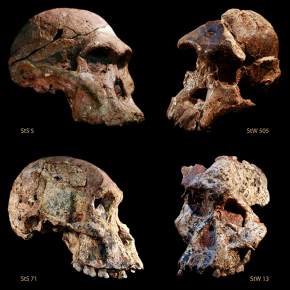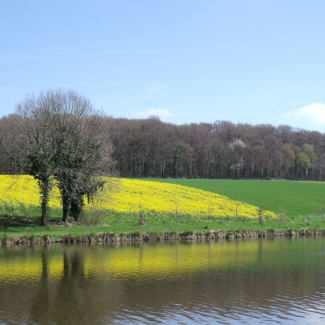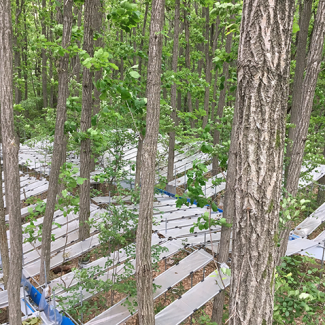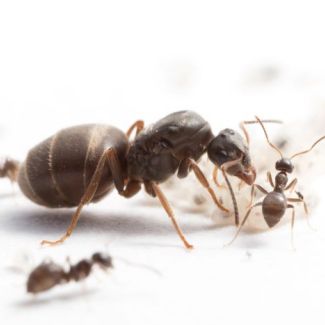
Australopithecines in South Africa are older than previously thought
Australopithecus africanus individuals lived at least one million years earlier than previous dating indicated. This is the result from dating a cave deposit from the Sterkfontein site (South Africa), one of the richest in australopithecine remains, where the fossil of Mrs Ples, one of the first complete skulls of this kind of hominin, was discovered in 1947. The area had been dated to between 2.1 and 2.6 million years ago, but from intrusive sediments that arrived in the fossiliferous formation after its constitution. Now, thanks to stratigraphic work and cosmogenic isotope dating1 , an international team including a CNRS researcher2 from the Travaux et recherches archéologiques sur les cultures, les espaces et les sociétés laboratory (CNRS / Ministère de la culture / Université Toulouse - Jean Jaurès), has shown that the rocks of this cave were buried with the fossils 3.4 to 3.6 million years ago. This result pushes back the age of Australopithecus africanus, such as Mrs Ples, to a time similar to that of Australopithecus afarensis from East Africa, contradicting the idea that the former descended from the latter. Better still, if we compare her to the famous A. afarensis fossil, Mrs Ples would be even "older" than Lucy. Published in PNAS the week of June 27 2022, these results invite us to no longer consider East Africa as the only "Cradle of Humanity" but to also include southern Africa, and to rethink this notion at the scale of the continent.
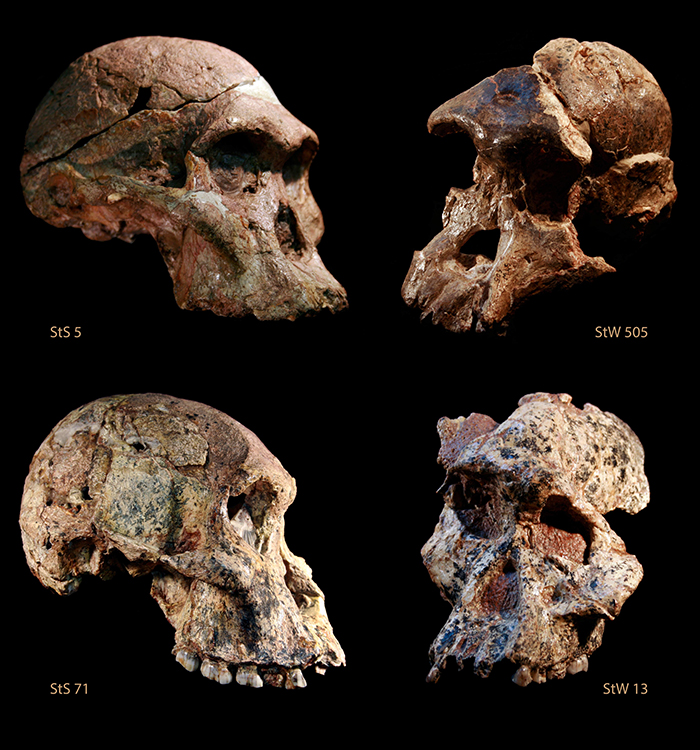
© Jason Heaton / Ronald Clarke / Ditsong Museum of Natural History
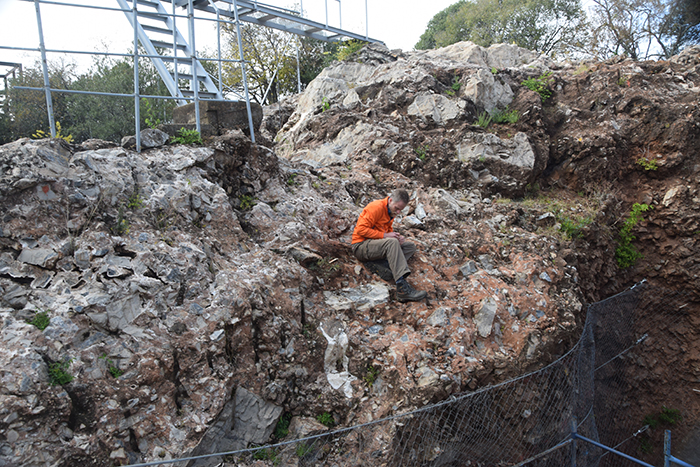
© Laurent Bruxelles / Traces / CNRS
- 1This method of absolute dating is used to determine the duration of time the rock was exposed to cosmic rays: cosmogenic nuclides are isotopes that are produced by nuclear reactions when rock is exposed to cosmic rays. The isotopes accumulate from the moment the rock reaches the surface but decrease in a differential way if some of them fall into the cave, as they are then partly protected from the radiation. For this work, the scientists measured the ratio between beryllium 10 and aluminium 26 isotopes.
- 2From the Travaux et recherches archéologiques sur les cultures, les espaces et les sociétés laboratory (CNRS / Ministère de la culture / Université Toulouse - Jean Jaurès). The research team also involved scientists from Purdue University (USA), the University of the Witwatersrand (South Africa) and the College of Cape Town.
Cosmogenic nuclide dating of Australopithecus at Sterkfontein, South Africa. Darryl E. Granger, Dominic Stratford, Laurent Bruxelles, Ryan J. Gibbon, Ronald J. Clarke and Kathleen Kuman. PNAS the week of June 27 2022.
